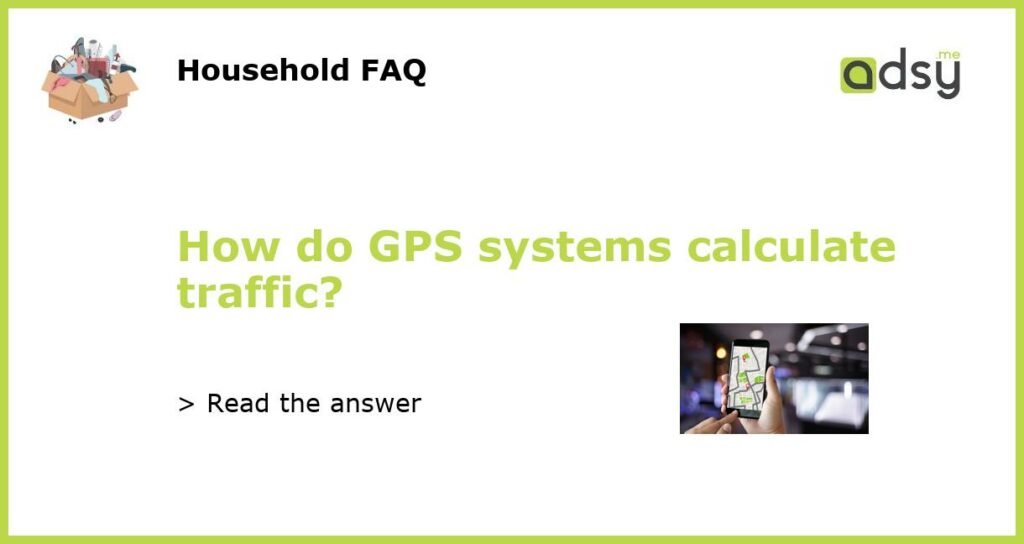What Is GPS Technology?
GPS (Global Positioning System) technology is responsible for navigation systems that are widely in use today. It allows people and vehicles to find their way around by using signals from satellites orbiting around the Earth.
The U.S. government developed this technology more than 40 years ago to ensure accurate navigation for its military forces. Over time, GPS has become available to everyone, and it’s now an essential tool for drivers and adventurers worldwide.
How Do GPS Systems Work?
GPS systems depend on satellite signals to determine the position of the vehicle, followed by calculating its location and direction. The system works by receiving signals from four or more satellites to triangulate the position of the user, making it the most reliable and accurate positioning system technology available today.
Through a combination of three or more GPS antennas, the system receives and interprets signals to calculate distance and direction from the satellites. This gives drivers their exact location, and with this information, they can navigate from one location to another with ease.
How Do GPS Systems Calculate Traffic?
GPS systems take real-time data from sources like Google Maps, weather services, and local traffic reports to determine traffic congestion on their routes. The system then uses historical data to predict traffic trends and patterns into the future, based on the day of the week or time of day.
If the system detects heavy traffic on your designated route, it will suggest alternative paths that will be faster and less congested. The data that GPS systems receive from various sources is critical because it gives real-time updates that enable drivers to steer clear of traffic chokepoints. GPS systems also give their users precise route directions to avoid traffic that they are likely to encounter.
What Are the Limitations of GPS Technology?
GPS technology is incredibly reliable in calculating positions and providing precise directions. However, it has limitations in urban areas with tall buildings and tunnels, where signals can be blocked or weakened, leading to inaccurate location readings. It also doesn’t work in aircraft and underwater, which is why pilots and navigators use alternative technologies for these modes of transportation.
GPS technology has come a long way since it was exclusive to military use. Its widespread use in navigation systems has benefited drivers worldwide, making it easier to travel and get to destinations quickly and efficiently. By using interpretations of environmental data, GPS technology can provide real-time traffic updates to help avoid congestion.
Despite the limitations of GPS technology in certain locations and situations, it remains one of the most reliable navigation technologies available today.






